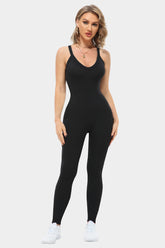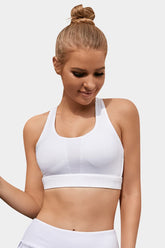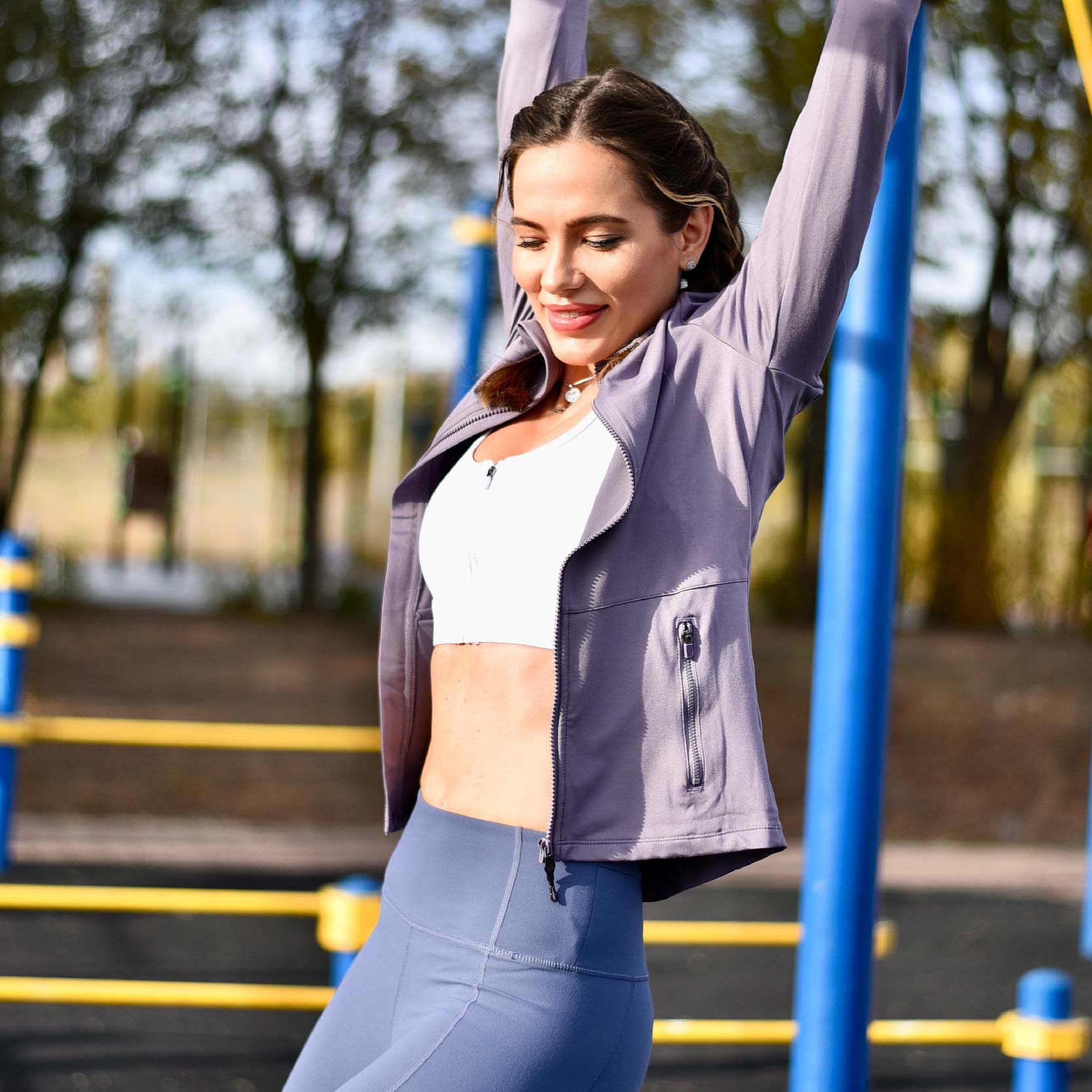Yoga Mats: Are They Really Necessary?
A yoga mat is now a vital part of most yoga practices. Yoga can be done in many settings, wherever you wish. However, most yoga teachers suggest using a yoga mat when exercising because it is a required tool. Mats make it easier to perform yoga asanas safely by providing a protective, non-slip surface.
In the beginning, yogis used grass before progressing to animal hides such as those of sheep or goats. In more challenging situations, animal hides would provide more protection than exposed surfaces and some relief for delicate skin.
A yoga mat is almost always required. It protects your joints from the impact of a hard surface and is sufficiently sticky to hold you in place when you are in an odd situation. Regardless of whether you practice yoga, a yoga mat has a variety of other applications.
What’s A Yoga Mat?
A yoga floor mat is a mat designed especially for yoga practice. It has a slip-resistant and gentle base for practicing yoga asanas.
This represents the most adaptable workout equipment. You can use a yoga mat for different activities and athletics, not just health and yoga. They are accessible in various layers and materials, and you can frequently select from different hues and patterns.
Why Is A Yoga Mat Necessary?
Any exercise you do on a flat surface, such as flexing sit-ups, yoga, and so on, will be challenging. We have rigid joints like elbows, knees, and hips; when these parts squeeze on hard surfaces, they are also at risk of discomfort and damage.
Mats not only keep you safe, but they also keep your surfaces safe. You do not want to damage your well-equipped home gym or the living room floor. When performing sit-ups such as the dumbbell twist, it is easy to lose control and wind up with bruises and scratches on your buttocks.
A good, solid yoga mat can absorb the impact of whatever you throw at it and protect your floor from damage.

Benefits of Yoga Mats
Yoga is not a novel concept in the area of health and well-being. There are numerous kinds, poses, and advantages of yoga, but a particular trend lately is using gear such as yoga mats. It may appear to be a yoga requirement, but is it required? And what should you search for? They are essential in the long run for;
01: Stretching Muscles
Stretching is recommended when you have tense, weak, or disturbed muscles. Some bodily exercises necessitate lying on the floor. Once again, your yoga pad is a friend. You can also use it to improve your suppleness.
If you are doing the conventional stretches, lie on the mat with your back to the floor. Raise your left knee toward your torso and tilt it inward toward your right side. Return your right knee to a comfortable posture. Maintain an upright back, a neutral spine, and a forward bend in your left leg.
As the weight of your midsection pushes you against the floor, you should feel your hips stretching. Hold this position for 5 seconds, and then repeat. Repeat the same on the other side.
Sit erect on the floor for his butterfly stretch. Squeeze both of your legs together and stretch your legs backward with the bottoms of your feet opposite each other. Bring your palms together and push your forearms down on your knees until you sense a stretch in your thighs and groin. Hold this posture for as long as you like, and then continue as required. Then you can also relax it by pushing it down in a pulsing pattern.
02: Safe Exercise
For starters, it offers protection. Yoga is not a simple practice. It can improve your safety if you have never been to yoga classes with more advanced postures. The complete yoga process necessitates tremendous strength and balance. Any of these, or being upset while performing yoga, can result in an accident. Yoga mats provide additional support and help to avoid injury while exercising. The last thing you want is to trip and fall. Take precautions.
03: Ease of Practice
Second, yoga mats enhance the enjoyment of your exercise. For example, performing yoga on hard or slick surfaces can be hazardous. A bad attitude can distract you from concentrating and ruin the entire exercise. You should take your time before selecting the best yoga mat for your requirements and learn to enjoy what you do.
04: Total Body Support
Lastly, yoga mats provide total bodily support. Practicing yoga on a safe and comfortable platform also allows you to do it correctly. Regardless of your desires, if you want to work out without wobbling, a yoga mat is all you need. It will make all the difference.

Various Types of Yoga Mats and Their Uses
You need an ideal yoga mat to successfully perform yoga at the office, at your house, or on vacation; it is a worthwhile investment. It is easy to stretch out on a veranda or in a motel area in another town. Choose from a large selection of yoga mats.
01: Yoga Mat Composed Of Elastomeric Plastic
There have been advancements in the production of yoga mats. The polyethylene elastomer yoga mat is a fantastic illustration of these advancements. These carpets are environmentally friendly and safe because they are free of PVC, latex, or other harmful chemicals. With the synthetic variant, it is deemed a low-cost yoga mat.
The non-slip plastic elastomeric mat has a perfect grip. It is simple to sanitize because it retains barely any water or dampness.
The enhanced features elevate it to the top of the yoga mat market. Because it has components made of recyclable materials, it ought to be kept out of direct sunlight. Besides, it will not be around for long. This mat is ideal for those practicing yoga and have delicate health issues.
02: Jute Mats
The entire globe is going green, and people who practice yoga are following suit. You can join in the fun using a jute mat for your yoga exercises. Plenty of yoga mat recommendations consider it one of the most environmentally friendly because it comes from natural materials. Jute fiber is a compostable substance in Southeast Asia.
Because of its natural breathing characteristics, the jute mat is ideal for all yoga practices. In terms of longevity and adhesion, it is equivalent to other polyester yoga mats. Yoga mats made of natural rubber are perfect for yogis, including an organic rubber yoga mat. These were the first two kinds of yoga mats to be released.
This type of yoga mat is made from organic rubber, which is non-toxic and eco-friendly. Organic rubber mats for exercising are generally composed of compostable and reusable components and are non-slip, making them ideal for vigorous yoga practices. It has comfort and longevity thanks to the incorporation of all-natural materials. This is ideal for eco-conscious yoga enthusiasts seeking to reduce their carbon impact.

03: Cotton and Linen Yoga Mat
Unsurprisingly, linen and cotton yoga mats work for many yogis. Cotton yoga mats are gentle and absorb sweat, making them an excellent mat for yoga activities. Regular upkeep is also simple because you can wash it after each use.
Remember that fibers made of cotton are not as long-lasting as synthetic yoga mats because they degrade quickly as you wear them. Silk yoga mats are densely woven linen strands that outlast cotton mats. Because of its high flexibility and tensile strength, hemp is resilient. In terms of warming and retention of water, hemp yoga mats are better than cotton yoga mats.
04: Yoga Mat for Travel
If you are traveling for more than three days, you should bring a yoga mat, a towel, and a travel yoga mat. Vacation yoga mats are thinner than typical mats, making them more practical as vacation exercise materials.
It is also simple to flatten and wrap up, making it ideal for packing in your baggage. There are also excellent yoga mats with compartments. You can find stylish yoga mat backpack styles to help you move freely.
Yoga mats, on the other hand, are unique due to their lightweight substance. Travel yoga mats should only be used when moving, not regularly. This type of mat is perfect for long-term travelers.
Yoga mat models have become more adept and resilient with more sophisticated details and production methods. Currently, there are various yoga mats available to suit your physical and mental requirements. The most crucial factor is selecting the best yoga mat for effectiveness and longevity of this yoga practice.
05: Adhesive Yoga Mat
Durability is an important consideration with anything that you use in your daily life. A good yoga mat should Plain and adhesive yoga mats are the most prevalent. It has a somewhat sticky structure that keeps it in position even when you maintain yoga postures for an extended time. It is suitable for use at home. This removes the need to consider using yoga mats in training.
You can select a thickness of 1/8 inch to 14 inches, with the larger size being the best option because it gives a soft surface for your entire body when conducting complex yoga exercises. It is less expensive than other kinds, so it is best to get your own if you are starting.

Considerations When Buying a Yoga Mat
So, whereas each of these advantages sounds appealing for yoga alongside various activities, they are not provided by purchasing an old yoga mat. Before making any promises, there are a few factors to consider. Not revolutionary, but something to think about.
01: The Fabric
Again, the substance and composition influence how well a mat feels and works. While you do not have as many options as you do with the material of your mat, there are a few factors to consider.
Vinyl, or PVC, is the most affordable yoga mat material, and in the long term, this will be the finest yoga mat for you. It is comforting and long-lasting. If you dislike the sensation of polyvinyl or prefer to be more eco-friendly, you can go with the less robust cotton option. Everything is up to you.
02: Thickness of the Mat
Thickness is an essential element of yoga mats. It will influence your abilities and, as a result, how well the mat will suit you. If it does not suit you, too much padding is not ideal. Yoga mats are typically 4 mm thick. In comparison to the roughness of the carpet, this is typical padding.
The more mating you incorporate, the more flexible the surface becomes, making it more challenging to balance in difficult positions while putting less pressure on your joints. With that in mind, consider your interests. Thin yoga mats, on the contrary, are lightweight and convenient for transport, yet they are not always relaxing.
03: Dimensions and Size
Finally, consider some yoga pad dimensions. That way, you can know you are making the correct decision. Yoga blankets are typical of no specific size. That is the industry norm and ideal for the majority of individuals. On the other hand, it could be incorrect. You can also get longer or broader mats in this instance, which are ideal for taller individuals or those who practice intermediate yoga movements on a mat. It may also be employed for other activities, particularly if you want to practice at home.
It may appear to be a minor part of yoga, but it is famous for a reason. It assists you in getting to the heart of yoga at a reasonable cost and is well worth the additional money.
Before beginning any fitness or diet regimen, consult a medical professional, a physician, or other experts. This is particularly true for the middle-aged and those with medical problems. Reduce your activity promptly if you feel vertigo, feeling ill, discomfort in the chest, or any other odd indicators, and contact a healthcare provider or medical expert.

Conclusion
A yoga mat is an excellent addition to your home if you practice yoga, stretching, floor movements, or squats. With a good yoga mat, you cannot go wrong.
In general, you may not require a mat for exercise, but if you intend to prevent injuries while practicing yoga, you should invest in a sturdy, pad-like substance to mat your motions. Yoga might appear to be the most relaxing and easy exercise, but while at it, staying safe is vital.





